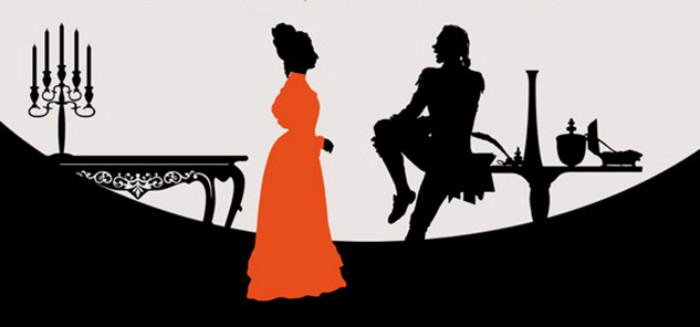- Home |
- Search Results |
- Jennifer Kloester on Regency Buck
Jennifer Kloester on Regency Buck
Jennifer Kloester researched Georgete Heyer's life and writing for ten years having exclusive access to her notebooks, private papers and untapped archives, resulting in a groundbreaking biography of one of Britain’s best novelists. Here, Kloester celebrates 80 years of Heyer’s first Regency novel, Regency Buck

It is a rare author who can claim to have created a genre but, had she wished to do so, it is a claim which bestselling novelist Georgette Heyer could reasonably have made. This year marks the eightieth anniversary of the publication of her first Regency novel, Regency Buck, and thus the inception of what has become the most popular of all historical fiction genres.
Heyer began writing Regency Buck the year before its publication in September 1935. It was to be her nineteenth book and the first time she had chosen to set a story in what would come to be considered an iconic era in British history. The English Regency (1811-1820) was a period notable for (among other things) its extravagance, its drinking and gambling, manners and mores, rigid social hierarchy and its artistic achievements. The Regency upper class, known as ‘the ton’, was notorious and not least for its profligate and charismatic leader, the Prince Regent, and (until his exile in 1816) his clever favourite – that famous arbiter of elegance, Beau Brummell.
In 1934, Heyer, who already had several contemporary, detective and historical novels to her credit, had discovered a wealth of contemporary Regency material in the London Library. Ever a meticulous researcher she read widely and found much to inspire her in a range of books including such useful volumes as Annals of the Ring, Pugulistica, Egan’s Life in London, Brayley’s Account of the Pavilion and Lewis Melville’s Beaux of the Regency. A lifelong devotee of Jane Austen’s novels (and from which she would draw much of her Regency vocabulary), Heyer also made use of R.W. Chapman’s annotated Pride and Prejudice and its 1811-12 chronology – the same years in which she chose to set Regency Buck.
In the 1930s there were very few books written specifically about the Regency period and so Heyer depended mainly on contemporary sources. Her first preference was for Regency-era memoirs and letters, as well as novels written by those who had lived in the period. In the midst of her research she wrote enthusiastically to her agent, L.P. Moore, that: “I’m going to open Regency Buck with a Prize Fight – probably Cribb’s second battle with Molyneux, at Thistleton Gap…There will also be a bit of cocking, possibly a meeting of the Beefsteaks, certainly a coaching race to Brighton & a street mill. It ought to be a lovely book.”
It was a lovely book, though she never again filled a novel with quite so much historical detail as she did in Regency Buck. Heyer later confessed that she had “loved writing it” and that she had especially enjoyed recreating the language of the period.
She had a remarkable ear for language and her ability to create convincing period dialogue was to become one of the hallmarks of her novels. In Regency Buck, Heyer also took pleasure in weaving real historical figures into the book. At one point she had the Regent’s brother, the Duke of Clarence, propose to her heroine on the entirely believable basis that the wealthy Miss Taverner might alleviate the debt-laden Duke’s financial woes. She later said of this scene that “I knew it was a High Light”.
Heyer’s enjoyment in writing her first Regency shows. Regency Buck is a rollicking, sparkling tale of romance, adventure and intrigue but it is also, in true Heyer style, more than a mere bubble of a novel. Underpinning a compelling plot and strongly-delineated characters is a wealth of hard-won research and an understanding of the social peccadilloes of the era that she would make her own. Not long after its publication in 1935 Heyer, in a rare moment of self-praise, noted that “It is the best I’ve done, you know. Actual writing & technique, I mean.” Remarkably, her finest books were still to come – more than two dozen of them to delight millions of readers the world over – and most of them would be the Regency novels with which she would create a genre.
Jennifer Kloester
February 2015